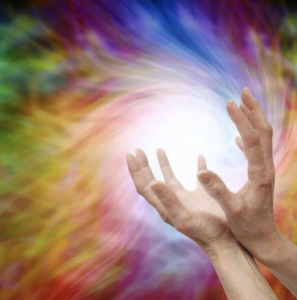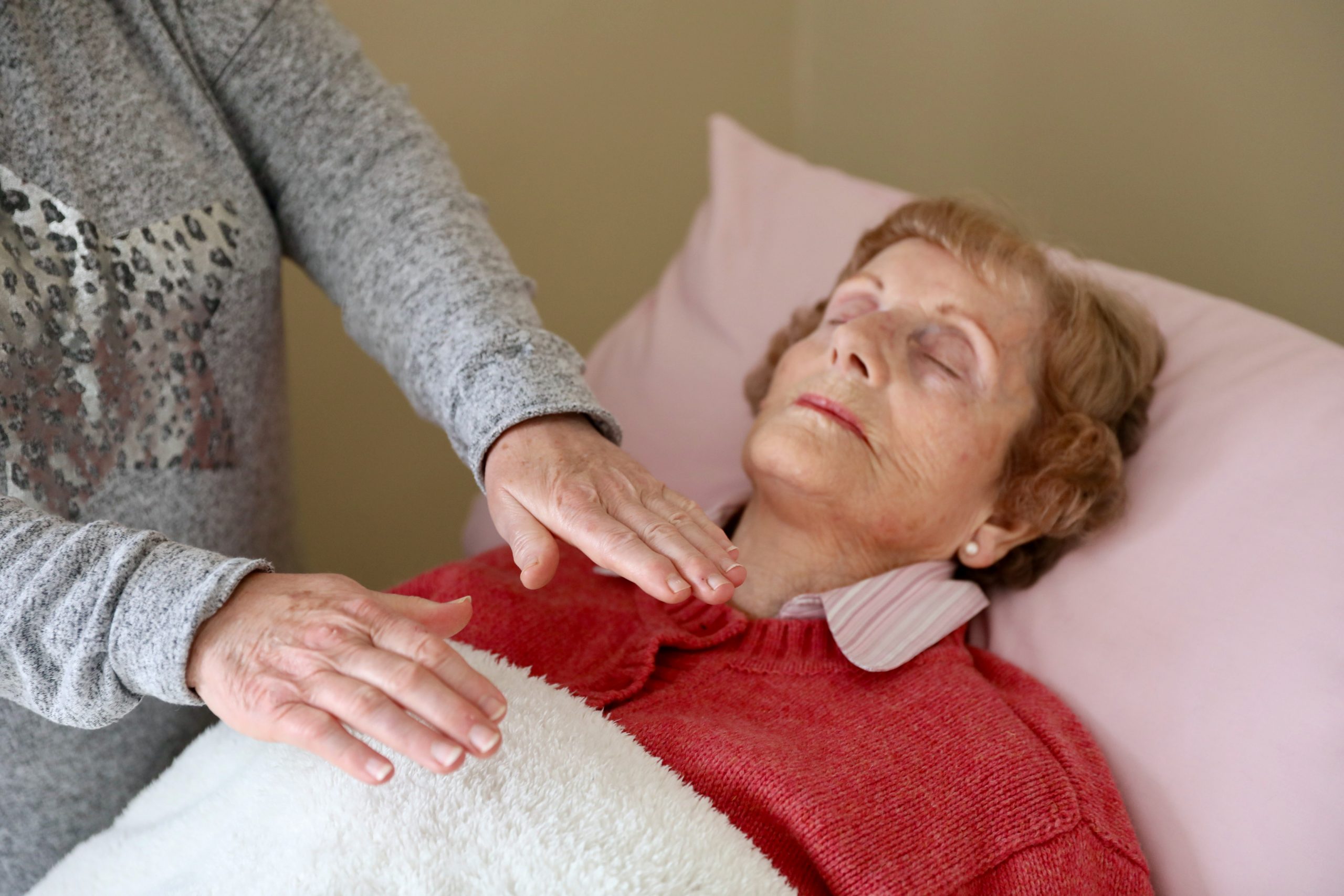What is Reiki?
Reiki is a Japanese healing art that was developed by Mikao Usui in Japan in the early 20th Century. It is pronouced ray-key. You might also hear it called Reiki energy, Usui system of Reiki, and therapeutic touch.
Eastern medicine systems work with this energy, which they believe flows through all living things and is vital to well being. The energy is known as ‘Ki’ in Japan, ‘Chi’ in China or belief system.
A reiki practitioner aims to change and balance the ‘energy fields’ in and around your body to help on a physical, psychological, emotional and spiritual level.

Why People Use It
All people with any illness may use Reiki alongisde their treatment as a complementary therapy. Reiki achieves this by:
- helping you feel relaxed
- relieving emotional stress and tension
- helping you cope with difficult situtations
- helping to improve overall wellbeing
Many people say they feel better after using therapies such as Reiki. Studies show that this is often because the therapist spends time with the person and touches them. After the rush and stress of life in general, it can be very relaxing when someone gives you attention for an hour in a calm setting.
Some people say that Reiki has helped to control side effects of more serious conditions such as pain, anxiety and sickness for cancer patients.
What Does Reiki Help Treat
- Addictions
- Depression
- Abuse
- Eye Conditions
- Feet Issues
- Crohn’s Disease
- Arthritis
- Fibromyalgia
- Migraines
- Pain
- Grief
- Skin Conditions
- Bereavement
- Heart Attacks
- Multiple Sclerosis
- Broken Bones
- Pregnancy
- Mental Health
- Emotional Problems
- Insomnia
- Bowel & Digestion
- Blood Issues
- Cancer
- End of Life
Reiki is recognised by Cancer Research UK and NHS Torbay and South Devon.
Side Effects
Generally speaking, Reiki is safe for people with any condition. I will advise you to rest and drink plenty of water after treatment. There are no reports of harmful side effects.

What Happens During a Reiki Session
You do not have to get undressed for treatment. You usually take your shoes and coat off, and will be asked to either lie or sit down. You can have your eyes open or closed. Your Reiki practitioner may dim the lights or play soothing music.
Once you are comfortable, your Reiki practitioner will put their hands on your body, or keep their hands just a few inches just above you. They then move their hands across your body, usually starting at your head and working down to your feet, but they may focus on particular areas of your body.
A session usually lasts up to an hour. Many practitioners recommend 3 sessions within a short space of time, followed by a longer break for best results. Some people find that regular treatments help as an ongoing part of their lifestyle and wellbeing.
The aim is to move and balance the ‘energy’ within and around your body, and to get rid of any energy blocks to encourage healing and strengthen the energy flow. You might feel a tingling sensation, a deep relaxation, or warmth or coolness throughout your body. You may also not feel anything at all, however this does not mean the treatment is not working.
Reiki healing is suitable for all age groups, from young children through to people in their 90’s, and especially for people who are at the end of their life.
The Reiki treatment helps with fear and prepares a person sympathetically for passing over in a peaceful and loving way.
